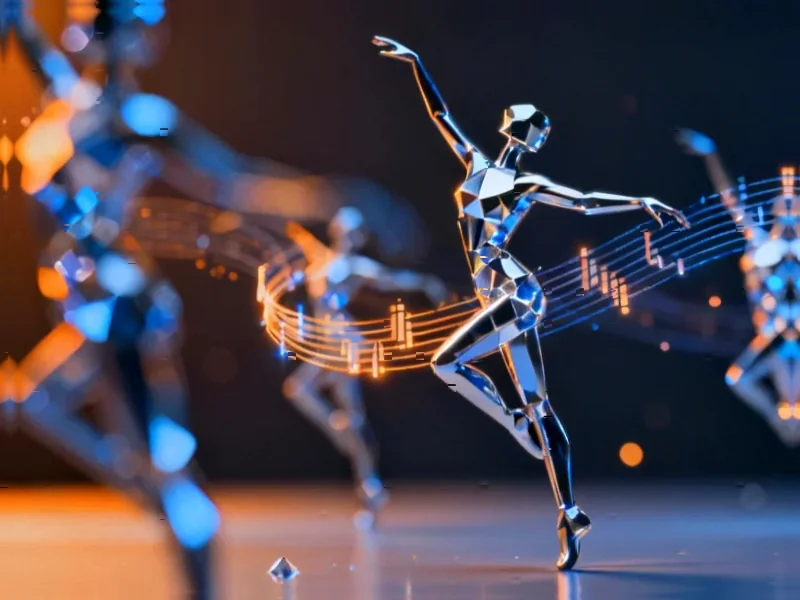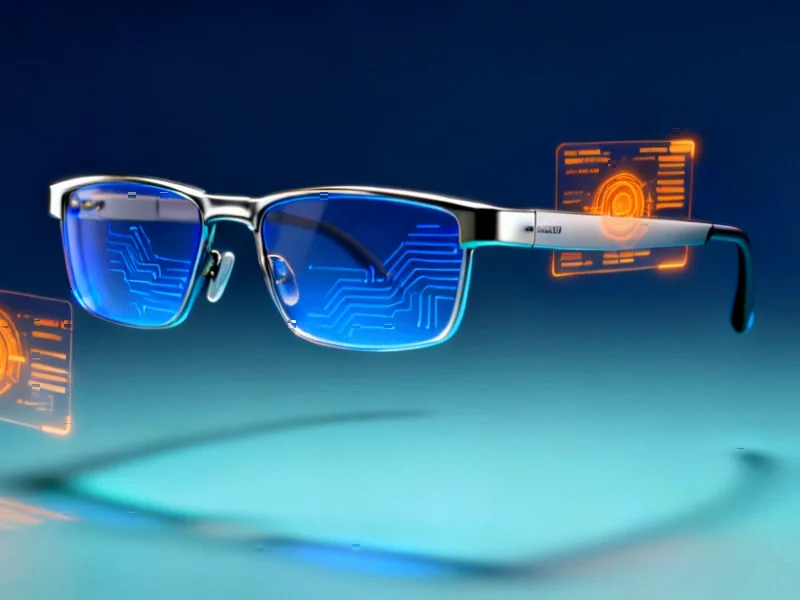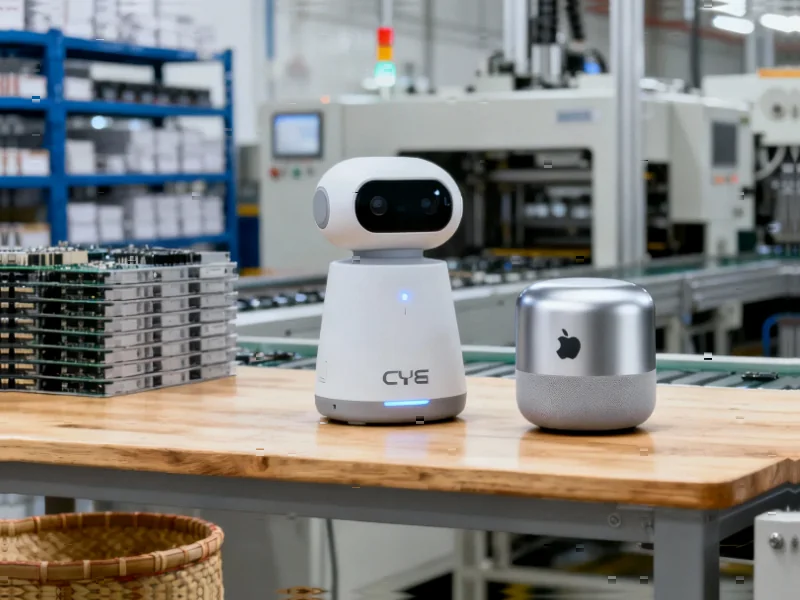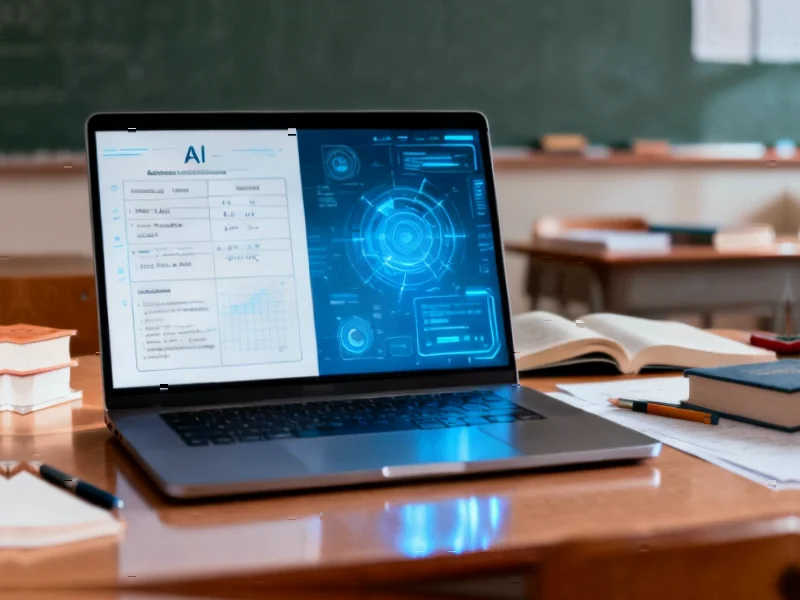Brain Waves Inspire Next-Generation AI Architecture
In what could signal a major shift in how we approach artificial intelligence, researchers have reportedly developed a new computational framework that draws direct inspiration from the brain’s natural synchronization patterns. Dubbed “HoloBrain,” the system models neural oscillations using principles borrowed from physics and holography, according to recently published findings.
Table of Contents
The approach appears to be yielding remarkable results. Sources indicate HoloBrain has consistently outperformed nine established graph neural network methods across multiple cognitive task prediction benchmarks, achieving what analysts describe as “statistically significant improvements” in classification accuracy. The system was evaluated on data from the Human Connectome Project involving thousands of brain scans across different age groups and cognitive states.
From Physics to Neuroscience to AI
What makes HoloBrain particularly intriguing is its conceptual foundation. Researchers apparently looked to an unexpected source for inspiration: the 19th-century physics experiment that first demonstrated wave interference. Much like how light waves create interference patterns in Young’s double-slit experiment, the brain appears to generate similar patterns through the coupling of neural oscillations at different frequencies.
“The presence of interference patterns in cross-frequency coupling matrices implies that discovering the laws governing neural oscillatory fluctuations is crucial for understanding cognitive processes,” the research team noted in their report. This understanding, they suggest, could ultimately inspire more biologically grounded learning mechanisms in AI systems.
Building on this insight, the team turned to the Kuramoto model—a mathematical framework widely used in physics and neuroscience to describe synchronization phenomena. By parameterizing this model within a deep neural network architecture, HoloBrain effectively learns how different brain regions synchronize their activity during various cognitive tasks.
Superior Performance on Real-World Data
The practical implications are becoming increasingly clear. When tested on the Lifespan Human Connectome Project Aging dataset involving 717 subjects and four memory-related tasks, HoloBrain reportedly achieved the highest prediction accuracy among all competing methods. Similar superior performance was observed on the Young Adults dataset across seven different cognitive tasks.
Perhaps most telling was the system’s performance on working memory tasks. “All tasks from the same subject share identical structural connectivity,” the researchers observed. “This design penalizes topology-dependent baselines but favors models that read out temporal coordination.” Since HoloBrain explicitly models oscillatory synchronization, it apparently separates different cognitive states more effectively than static graph neural networks.
Beyond Black Box Predictions
What sets this approach apart isn’t just its performance—it’s the interpretability it provides. Unlike many deep learning systems that operate as black boxes, HoloBrain generates synchronization patterns that researchers can actually analyze and understand.
During visual-motor tasks, for instance, the system shows synchronization predominantly in visual and sensorimotor regions. During rest states, synchronization shifts to the default mode network—exactly what neuroscience would predict. “Our analysis reveals that different brain states exhibit unique synchronization patterns,” the team reported, suggesting the model captures genuine neurobiological mechanisms rather than just statistical correlations.
The system also revealed age-related differences in synchronization patterns that align with existing neuroscience literature. In older adults, certain motor and visual regions showed heightened local synchrony, potentially reflecting compensatory mechanisms that help maintain function despite aging. Meanwhile, younger adults exhibited strongest synchronization in sensorimotor-attention networks, consistent with their typically sharper motor control and spatial attention abilities.
Broader Implications for AI and Neuroscience
This research comes at a time when the AI field is increasingly looking to neuroscience for inspiration. The remarkable efficiency of biological brains continues to outpace even the most advanced artificial systems in many domains, particularly when it comes to energy consumption and adaptability.
Industry observers suggest that approaches like HoloBrain could represent a new direction in AI development—one that moves beyond simply scaling up existing architectures and instead looks to fundamental principles of biological computation. The fact that the system reproduces interference patterns similar to those observed in actual brain data provides compelling evidence that it’s capturing something genuine about neural dynamics.
As one researcher put it, “The collective synchronization emerged from HoloBrain, akin to patterns observed in natural systems such as fireflies flashing in unison or birds flying in formation, highlights the emergent coordination in neural dynamics.” This suggests we may be witnessing the early stages of a more fundamental convergence between our understanding of biological and artificial intelligence.
The research team has made their preprocessing pipelines publicly available through established tools like fMRIPrep and QSIPrep, enabling other researchers to build upon their work. As the field continues to explore brain-inspired computing architectures, approaches like HoloBrain may well point toward more efficient, interpretable, and biologically plausible AI systems in the years ahead.



